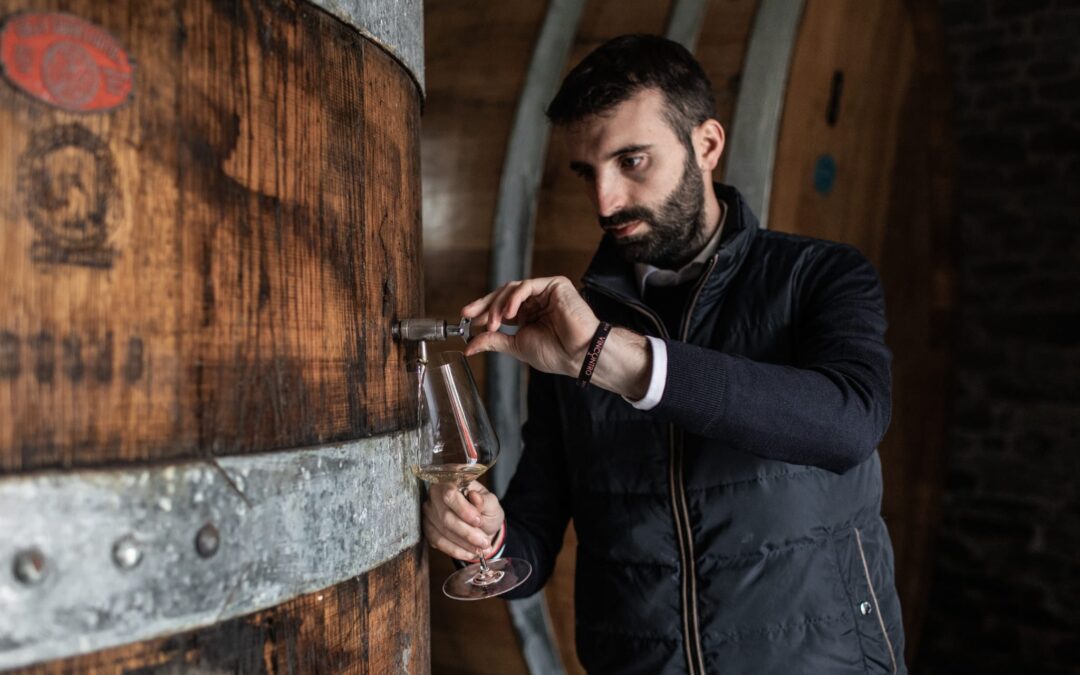One passion, one family, one success: The Marcalberto method
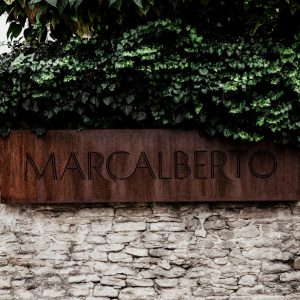
One passion, one family, one success: The Marcalberto method
The region of Piedmont is endlessly surprising and has everything one could want: delicious foods, breathtaking landscapes, ancient traditions, and of course, incredible wines.
So, rather than the well-known Barolo, Barbaresco, or Gattinara, I am interested in exploring another staple of the regional wine production: the Metodo Classico di Langa.
Which reality have I selected for you from the infinite possibilities?
The cellar I’m going to tell you about today is located in the sweet hills of Langhe, in Santo Stefano Belbo. It’s a small family-run business that produces exclusively Metodo Classico spumante wines: the Marcalberto Winery.
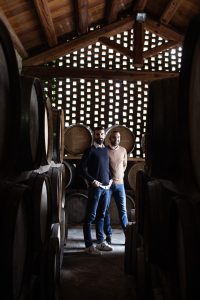
One passion, one family, one success: The Marcalberto method
It all started in 1993 when Piero Cane, a renowned winemaker, decided to establish the first wine production embryo which, within a few years, evolved into a small series with a distinct identity.
For several years, it remained a modest niche production, until in 2008, his two sons, Marco and Alberto, started a small revolution.
With enthusiasm and love for their business, they turned their father’s investment into a true family-run company where quality and authenticity are the pillars.
What are the unique features of this company?
In this young and dynamic reality, there is an evident focus on the French method that immediately reveals itself to me with the Coquard press, a wonderful wooden machine that I had only seen in small Champagne cellars.
It’s capable of delivering a soft and gentle grape pressing, excellent for obtaining a clear and limpid must. I’m delighted to see such attention to detail and sophistication.
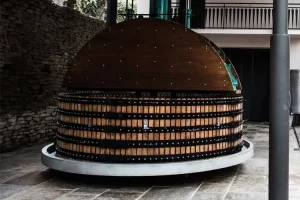
In addition to a well-equipped facility, there’s another noteworthy side of the company: the 19th-century cellar located right below the family home, and here is where ‘the girls’ spend their maturation period on the lees.
It’s a truly fascinating environment where the bottles undergo their aging process (on pupitre) without fear of temperature changes, due to the imperceptible difference between summer and winter temperatures.
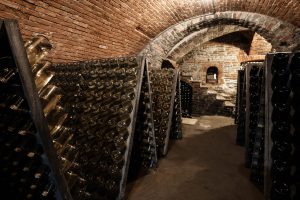
What grape varieties are used in the production??
Pinot Noir and Chardonnay are the stars of the production, with different labels and nuances that are best expressed in terms of dosages and refinements.
I particularly enjoyed the Sansannée, because is a wine that seems to be a “basic” but which, perhaps among all – precisely because of the “lesser” expectations I had – left me stunned.
It is a blend of Pinot Noir and Chardonnay, without a vintage as suggested by the name, but which is really fresh, savoury and with an incredibly balanced acidity.
Another interesting gem is the Alta Langa 2019, with a vertical pungency, a savoury taste that calls for another sip, a sweet acidity that cleanses the palate but, above all, a beautiful evolved nose, with overwhelming notes of slightly toasted bread crust.
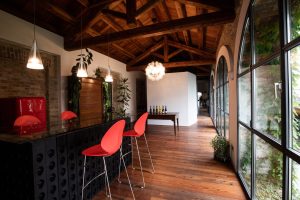
I also have to mention the Blancdeblacs of Chardonnay.
So, not exactly my type of bubbly, but which presented itself immediately direct and protagonist on the nose, while in the mouth it preferred a delicate, fresh, decidedly mineral step, with a finish of vanilla so gentle that it called for the next sip just to hear it again.
I was left with a big question mark about the Brut Nature of Pinot Noir, which on paper has all the prerequisites to become my favourite, but unfortunately, it was out of stock.
Well, I’ll have to come back to taste the latest addition to the family.
A PASSION, A FAMILY, A SUCCESS.
For anyone looking for refined, balanced, sincere and serious wines, I recommend a visit to Marcalberto; excellent quality at fair prices!
Read the article on Wine tales Magazine

